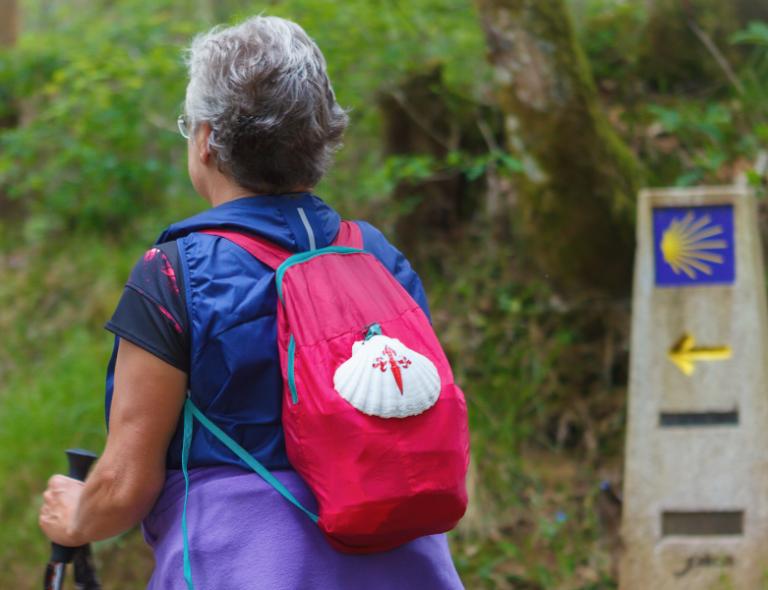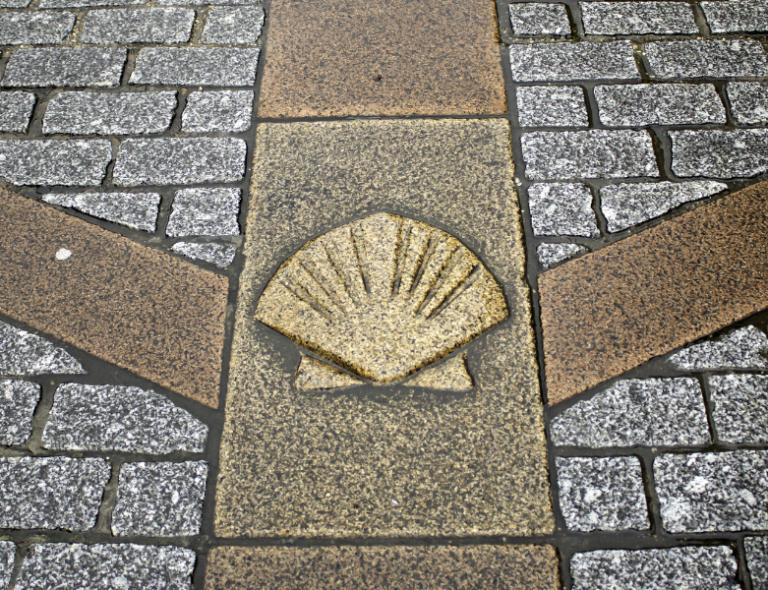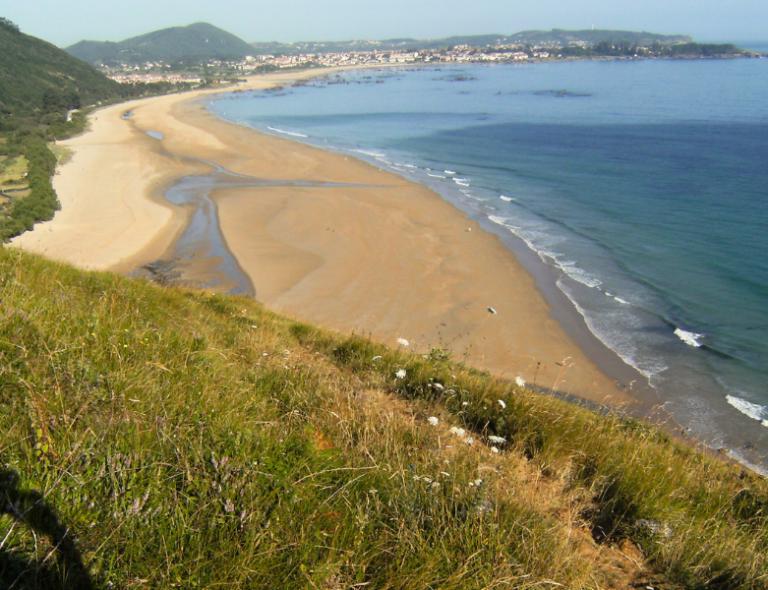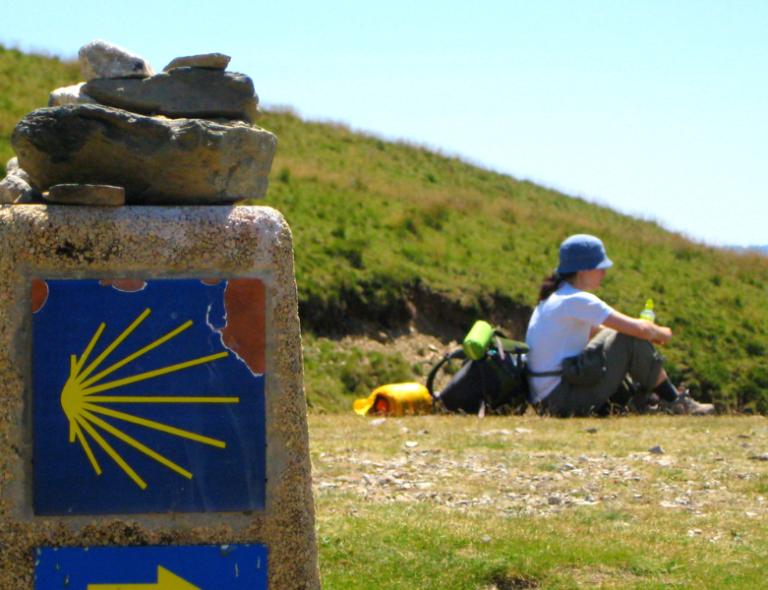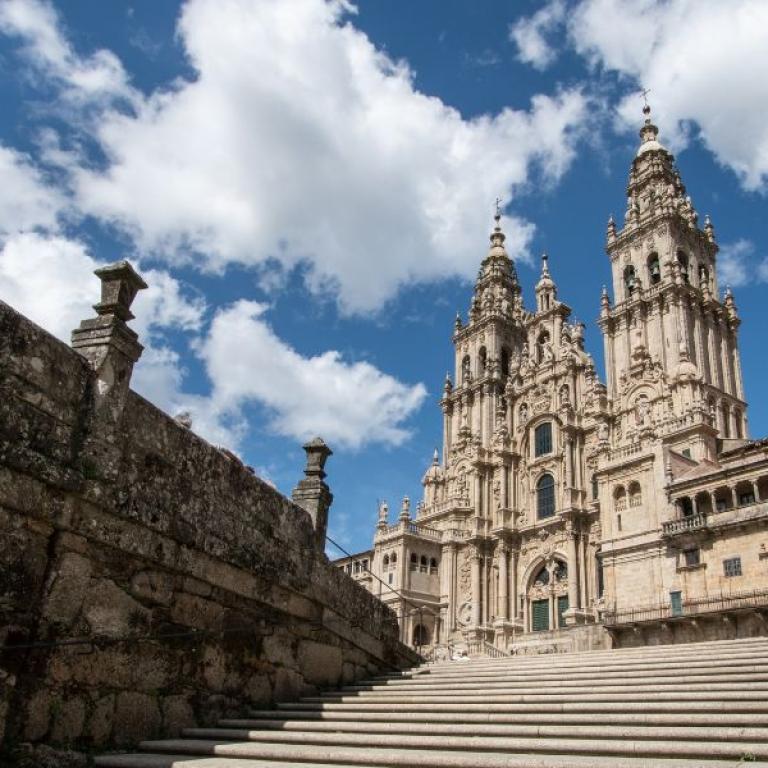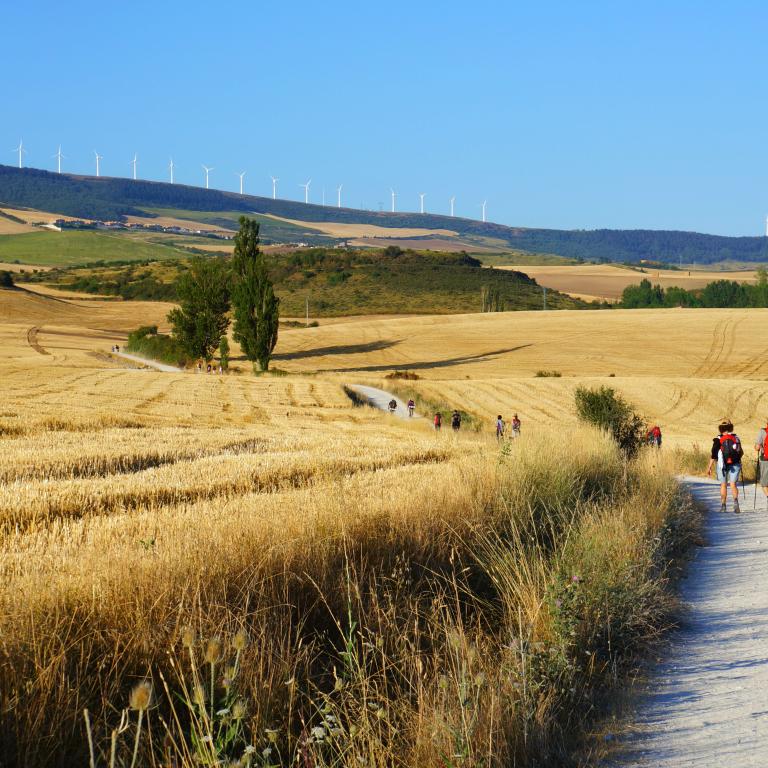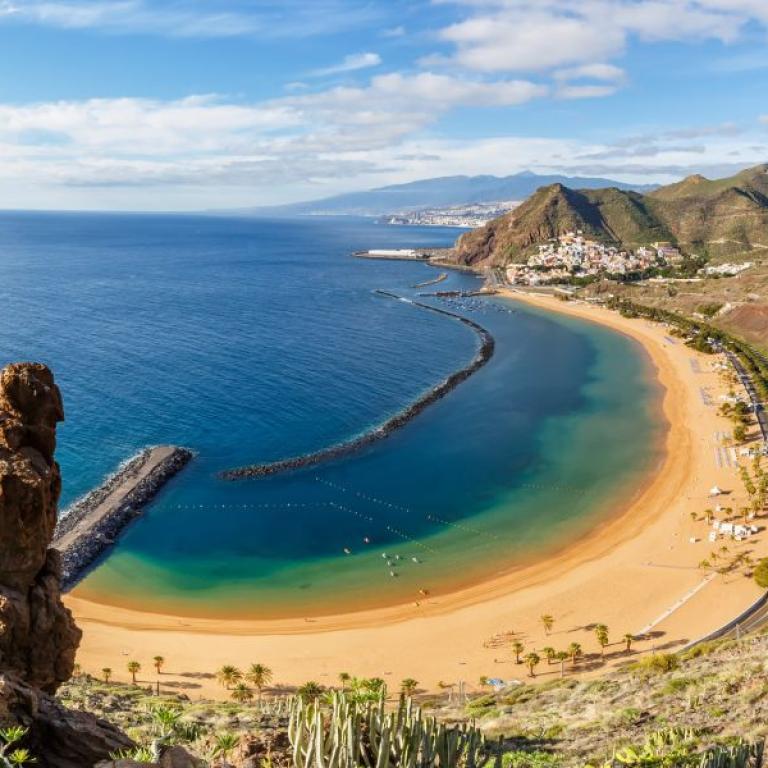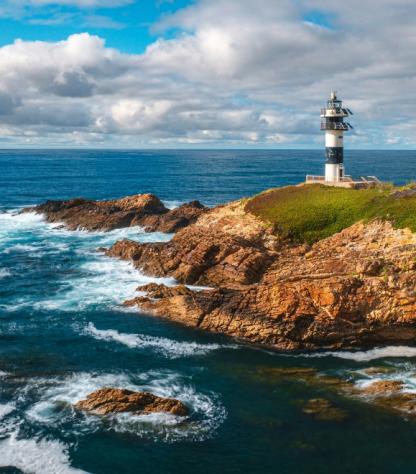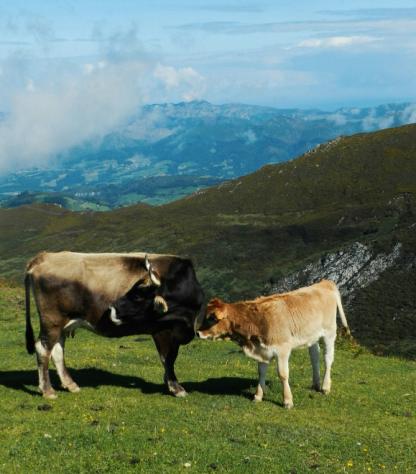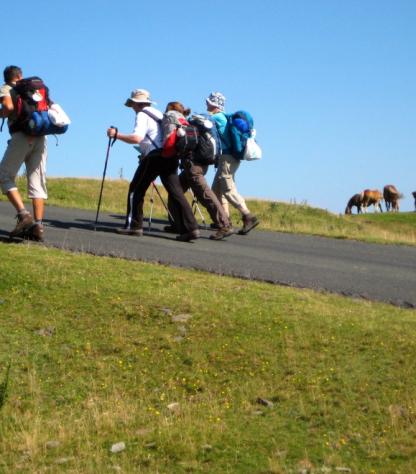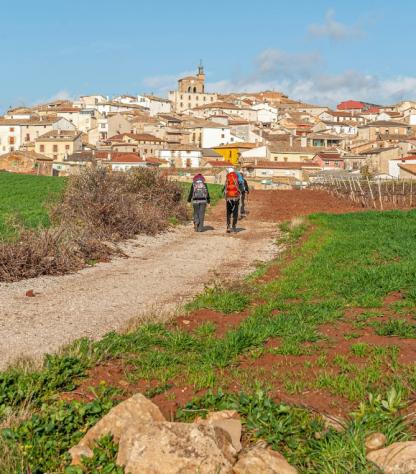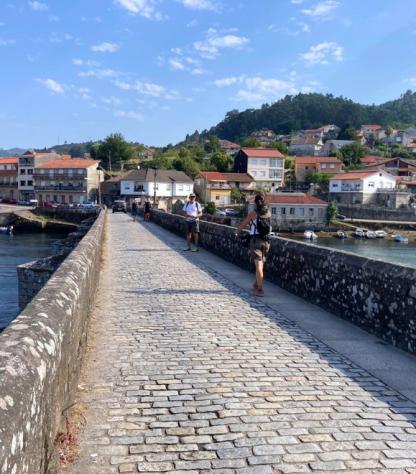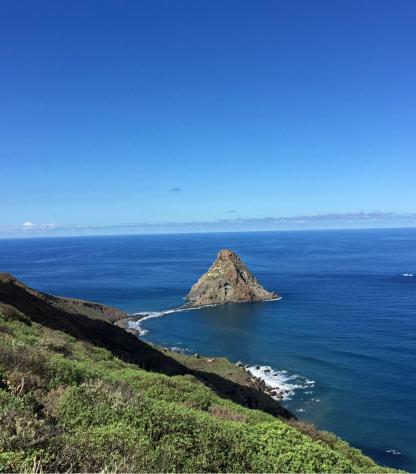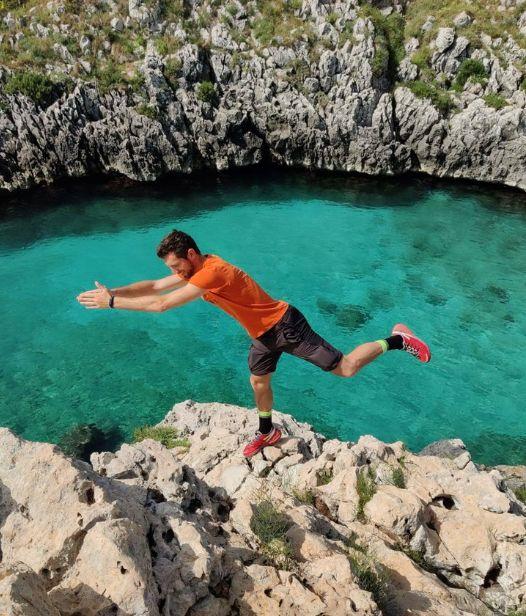What is the best time to embark on a walking trip in these areas of Spain?
Spring (April–June) and autumn (September–October) are ideal seasons for those planning a walking holiday in Spain, thanks to mild weather and fewer crowds. Summer can be very hot, especially in Andalusia.
What kind of landscapes can I expect on these trails?
Whether you're on a pilgrimage walk in Spain like the Camino de Santiago or exploring lesser-known routes, you’ll encounter a wide variety of landscapes: rolling countryside, historic towns, the mountain trails of the Alpujarras, Andalusian paths through olive groves and ancient villages, and Tenerife’s volcanic and coastal scenery.
How challenging are the walking trails in these regions?
Difficulty varies widely: the Camino de Santiago includes accessible stretches for most walkers, while the Alpujarras and Andalusia offer moderate to challenging terrain. Tenerife combines easy coastal walks with tougher volcanic hikes, making it suitable for different styles of hiking in Spain.
Is English commonly spoken along these routes?
In larger cities and more popular stops along Spain’s walking routes, English is commonly spoken. In rural areas and small villages, it may be less frequent, so knowing a few basic Spanish phrases can be helpful.
What kind of accommodations can I expect along the trails?
We provide accommodations in B&Bs, farmhouses, and 3-star hotels, all with private rooms and bathrooms. These stays combine comfort with authenticity, enhancing your overall walking holiday in Spain experience.



